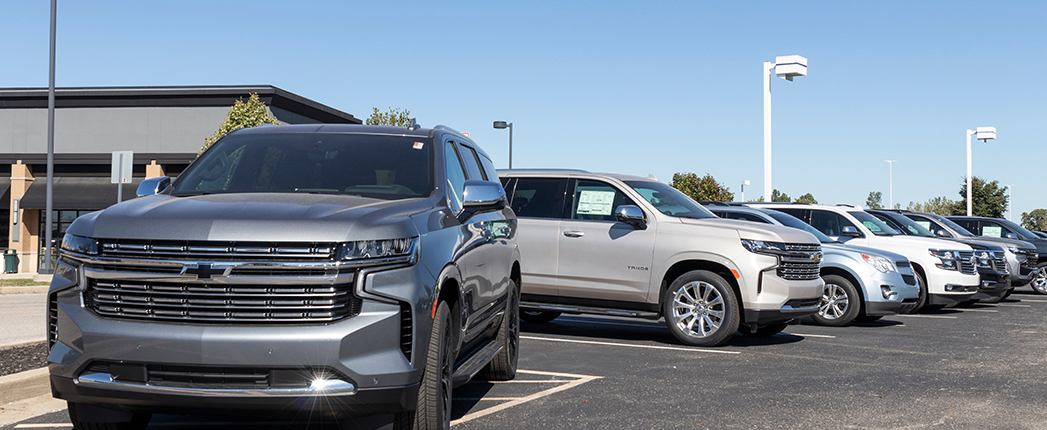
Sales of new light vehicles in the United States declined by 15% to 14.5 million units in 2020 due to impacts of the COVID-19 pandemic, according to organizations and companies that track data from U.S. automobile dealers and original equipment manufacturers.
“The coronavirus pandemic certainly impacted new light vehicle sales in 2020, not to mention the U.S. economy as a whole,” National Automotive Dealers Association Chief Economist Patrick Manzi said in a news release. “Our forecast at the start of 2020 estimated new light vehicle sales would fall by one to two percent compared to 2019, for a total of 16.8 million units sold, but once COVID hit, we knew this would be a different year than anticipated.”
The association noted that the country’s sales of new light vehicles did rebound after only 8.7 million units were sold in April – the lowest figure on record – showing signs of sales recovery in the second half of last year as retail consumers returned to dealer lots. “While the overall new vehicle market fell by 14.7%, consumer retail sales only declined by an estimated 9%,” NADA noted.
Cox Automotive echoed that analysis, noting that sales improvements in the third and fourth quarters salvaged what many in the industry expected would be a far worse year, following a 34% drop in sales in the second quarter.
“This year presented the economy and the auto market with incredible challenges,” Cox Automotive Chief Economist Jonathan Smoke noted in a press release. “As we close the year, it is remarkable to see how well the industry performed.”
Smoke observed that “supply constraints likely prevented even better volume performance, but most manufacturers and dealers enjoyed improved profitability as a result of limited supply and robust demand.” The distribution of vaccines gives Cox confidence that the economy and the auto market will both see continued progress once getting through the winter season, he added.
The compact non-premium SUV ended 2020 as the largest segment, with 2.3 million units sold, LMC Automotive said in a press release. Large pickups had the largest share increase last year, while compact non-premium cars experienced the largest loss.
Looking forward to this year, the association expressed optimism about continued recovery for the new light vehicle market, predicting sales will rise 7.2% to 15.5 million units.
According to NADA, headwinds for the vehicle market this year include continued increases in COVID-19 cases, which could lead to production disruptions along the vehicle supply chain, a global shortage of semiconductor microchips used in many facets of auto production, and tight inventory on dealer lots, particularly for pickup trucks. “Alternatively, tailwinds for 2021 include a potential economic boom in the second half of the year – once a coronavirus vaccination is widely available and Americans are able to return to work – continued consumer preferences for personal vehicle ownership over rideshare services and public transportation, lower interest rates and a gradual return of fleet demand for new vehicles,” the association said.